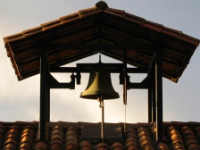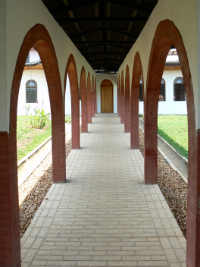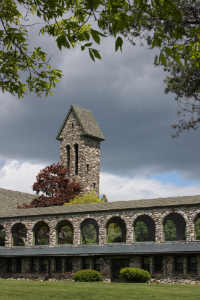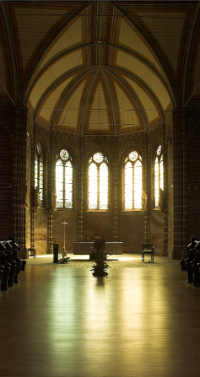
Maria Frieden

Miraflores

Maromby

New Melleray
The unique structure of the Order of Cistercians of the Strict Observance is the vital force that has allowed our equally unique spirit and character – the Cistercian charism – to endure and flourish, despite the normal ups and downs of human institutions – golden periods and times of wars, plagues and persecutions. From its very beginning with the Charter of Charity (1118), until the present Constitutions and Statutes (1990), this structure has engendered innumerable brothers and sisters who have expressed the Cistercian heritage in writing, chant, architecture, crafts, and the skillful management of natural resources, land in particular. Above all, it has served well our whole reason for existence: providing a path to God for men and women through the ages.
Gathered by the call of Christ, the sisters or brothers constitute a monastic “church” (or “community”) that is the fundamental unit of the Order. The normal physical expression is an abbey, headed by an abbot or abbess elected by the community. This community is composed of professed members, and new members in various stages of formation, living under the Rule of St Benedict.

Mvanda
In accordance with the Charter of Charity, Cistercian communities are autonomous but united in a communion implemented by the institutions of the Father Immediate, the Regular Visitation, and the General Chapter. The Father Immediate is the abbot of another monastery, whose responsibilities include a formal visit to the community every two years. The purpose of this “Regular Visitation” is to strengthen and supplement the pastoral action of the local superior, to correct where necessary, and to renew the nuns’ or monks’ spiritual fervor.
Since 2011, Abbots and Abbesses form a single General Chapter which is the supreme authority of the Order. They meet every 3 years for three weeks for to strengthen the bonds of peace and charity within the Order and to make the adequate decisions to maintain the patrimony and the unity.

Spencer
The General Chapter elects, for an unrestricted period, an Abbot General. His principal role is to be a bond of unity within the Order. He is assisted in this task by a Council who resides in Rome. This Council is composed of five members, four of them are elected by the Chapter and the fifth is chosen by the elected Council members, in such a way that the principal linguistic groups are represented.
The General Chapter is prepared by a Central Commission elected by the previous Chapter and whose members are chosen by the various regions of the Order. Several other more or less permanent commissions are assigned particular functions – the Law Commission, the Finance Commission, and the Commission of Mutual Assistance.
From the very beginning the growth of the Order has been assured by a judicious system of foundations, governed at present by the Statute on Foundations.

Diepenveen
This statute has proven helpful in alerting communities to the indications of Providence that they are invited to extend monastic life to other places, for example to such diverse localities as Norway, Syria and Brazil.
Another reality is the movement of “Lay Cistercians” or “Associates”, a world-wide movement undergoing a cautious but creative evolution.
The structure of our Order will always flourish, God willing, if there is an openness to the signs of the times, faithfulness to the fundamental charism and a personal love of Jesus Christ which gives life and substance to all structure.
